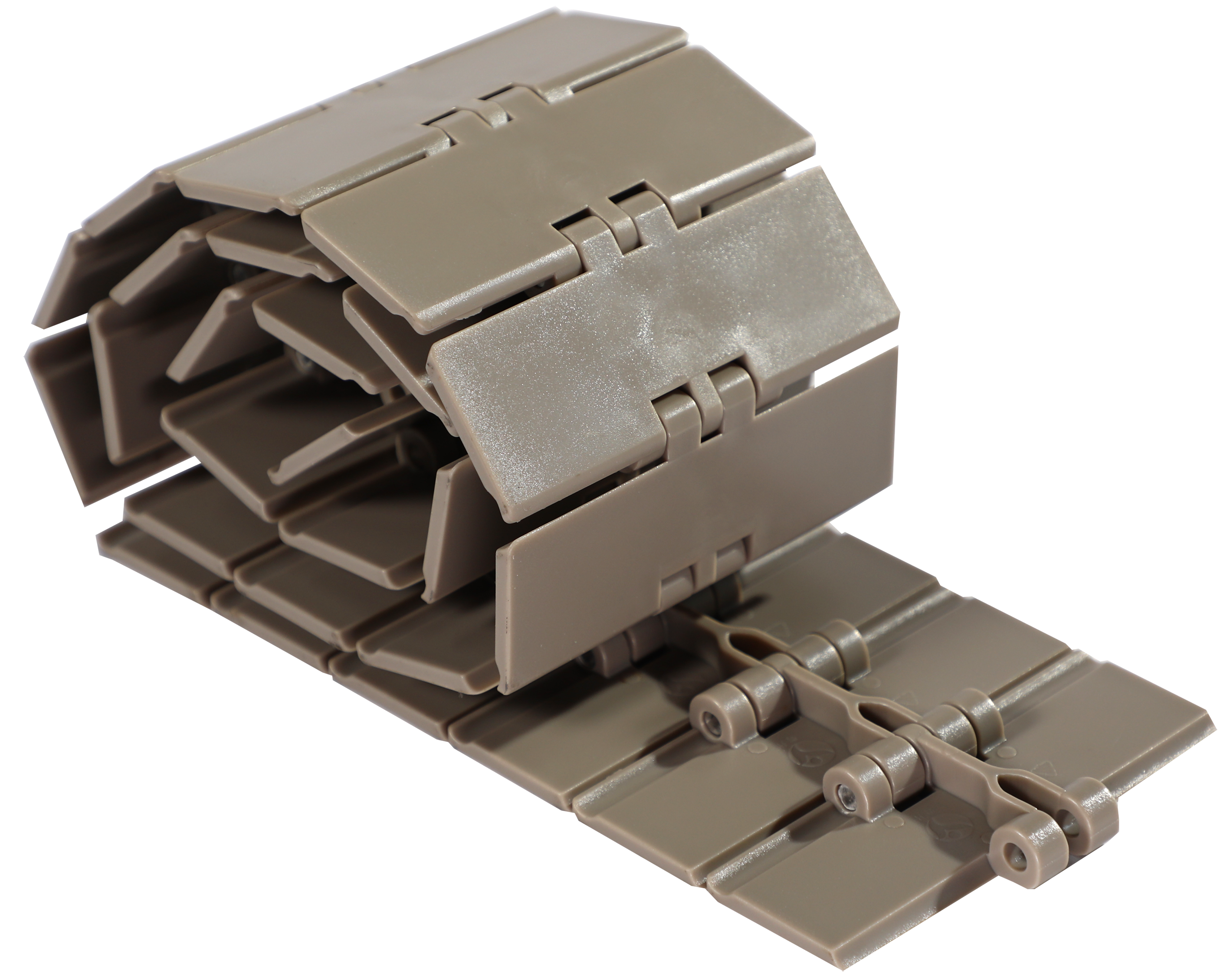Conveyor Table Top Chain: Everything You Need to Know
In the world of industrial manufacturing, conveyor table top chains play a pivotal role in streamlining operations, ensuring efficiency, and maintaining the high productivity standards required to stay competitive. These chains are a backbone in industries ranging from food and beverage to pharmaceuticals and packaging. Below, we dive deep into understanding conveyor table top chains, their types, applications, benefits, and tips for maintenance.
What is a Conveyor Table Top Chain?
A conveyor table top chain is a mechanical system designed for the horizontal or inclined movement of products along a designated path. Unlike traditional conveyor belts, table top chains are composed of interlocking modular links, creating a flexible, robust, and durable solution. These chains provide precise product handling and maintain their integrity under varying conditions, including high-speed and heavy-load environments.
Key Features of Conveyor Table Top Chains
Durability and Strength
Conveyor table top chains are designed to withstand high mechanical stress, making them ideal for rigorous industrial applications. They are constructed from materials such as stainless steel, acetal, and high-density polyethylene (HDPE), providing superior resistance to wear and tear.Flexibility
With modular construction, table top chains can adapt to various conveyor configurations, including curves, inclines, and declines.Low Friction Surface
The smooth, low-friction surface of these chains ensures products glide seamlessly across the conveyor, reducing the risk of damage.Hygienic Design
For industries like food and pharmaceuticals, table top chains come with hygienic, easy-to-clean designs that comply with safety standards.
Types of Conveyor Table Top Chains
1. Stainless Steel Table Top Chains
Best for heavy-duty applications and environments with high temperatures or exposure to corrosive substances.
Common in the automotive, chemical, and food processing industries.
2. Plastic Table Top Chains
Lightweight and corrosion-resistant, these are ideal for industries requiring silent operation.
Widely used in pharmaceutical and electronics industries.
3. Snap-On Chains
Features detachable top plates for easy maintenance.
Useful in industries where frequent cleaning is required, such as beverages.
4. Multiflex Chains
Flexible designs for complex conveyor layouts with multiple curves and changes in direction.
Ideal for packaging lines.
Applications of Conveyor Table Top Chains
Food and Beverage Industry
Table top chains are commonly used for bottling, canning, and packaging applications. Their hygienic surfaces and ease of cleaning make them a preferred choice.Pharmaceutical Industry
Ensuring accurate and safe transport of products, table top chains are critical for operations involving small, delicate items.Automotive Industry
The heavy-duty strength of stainless steel table top chains is crucial for transporting vehicle components and assemblies.Packaging and Labeling
These chains support high-speed operations, ensuring the seamless movement of boxes, cartons, and other packaging materials.
Advantages of Using Conveyor Table Top Chains
Improved Productivity
By minimizing downtime and enabling continuous operations, conveyor table top chains enhance throughput across industries.Customizable Solutions
Their modular design allows for tailored configurations to meet specific industry requirements.Cost-Effective
These chains provide long-term value by reducing maintenance needs and extending equipment lifespan.Safety and Reliability
With sturdy construction and precise engineering, table top chains ensure safe and consistent performance.
How to Maintain Conveyor Table Top Chains
Proper maintenance is essential for ensuring the longevity and efficiency of your conveyor table top chains. Follow these guidelines for optimal performance:
Regular Cleaning
Remove debris and residue that could affect chain performance, especially in food and beverage applications.Lubrication
Use the appropriate lubricant to reduce friction and prevent wear on moving parts.Inspection
Periodically check for damaged links, excessive wear, or misalignment. Replace worn-out components promptly.Alignment and Tension
Ensure the chain is properly aligned and tensioned to prevent uneven wear and improve efficiency.Adhering to Manufacturer Guidelines
Always follow the manufacturer’s maintenance recommendations for specific chain types and materials.
How to Choose the Right Conveyor Table Top Chain
When selecting a conveyor table top chain for your operations, consider the following factors:
Material Compatibility
Choose a chain material that suits your operating environment, such as stainless steel for high-temperature areas or plastic for lightweight needs.Load Capacity
Assess the weight and size of the products being transported to ensure the chain can handle the load efficiently.Operating Conditions
Take into account temperature, humidity, and exposure to chemicals or abrasive materials.Configuration Requirements
Analyze the layout of your conveyor system, including curves, inclines, and straight sections.
Conclusion
Conveyor table top chains are indispensable components in modern industrial systems, offering flexibility, durability, and efficiency. With their wide range of materials and configurations, they cater to the diverse needs of industries such as food processing, pharmaceuticals, and automotive. Investing in the right conveyor table top chain and maintaining it properly can significantly enhance your operational efficiency and productivity.
- 0



